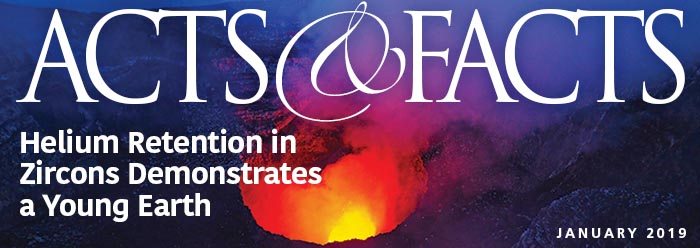Researchers have just documented how plants use underground fungal networks to warn neighboring plants of impending insect attack, uniquely illustrating the complex and highly designed interconnected cooperation found in nature.
The research study—just published in the July, 2013 issue of Ecology Letters—is the first such report that confirms and reveals how plants have uniquely co-designed physiologies that internetwork with other plants using an underground fungus as an information conduit.1 This amazing and intricate system allows the plants to readily and effectively communicate as a community, like a natural biological internet.
Prior to this study, scientists were aware that mutually beneficial relationships existed between plants and certain fungi that colonize the soil surrounding the plants' root systems. These beneficial soil microorganisms are called "mycorrhizal fungi" and are known to promote overall plant growth and help them cope with insect attacks, pathogens, and drought stress.1 In fact, scientists had been aware of the possibility that mycorrhizal fungi could enable plants growing together in close groups to signal and prime each other's chemical defense systems in response to attacks by insects.2
In a paper published just last year, scientists proposed the idea that this communication occurs through the release and detection of information-carrying chemicals that traverse the soil matrix through mycorrhizal networks that work like information superhighways directly connecting plants below ground.3 This is accomplished because the thread-like fungus grows underground, producing strands called mycelia that connect one set of roots to another. Now this research hypothesis has been spectacularly confirmed.
In this new study, the scientists grew multiple sets of bean plants in communal groups of five individuals. They allowed three plants in each group to access the soil that contained the underground networks of connected fungal mycelia. As a control measure, researchers kept the two remaining plants in each group separated from fungal connections in the soil. The researchers then infested one plant in each group with aphids (a piercing, sucking insect), which triggered the release of plant chemicals that repel aphids and attract wasps, one of the aphid's predators.
Amazingly, the plants that were not under insect attack themselves, but connected to a victimized plant by the underground fungal network, began to produce a defensive chemical response in their cells. The plants not connected to the fungal network did not activate their chemical defense systems. As an extra control measure, the researchers also covered the plants with bags to rule out above-ground signaling that could possibly occur through air-borne chemical signals sensed in their leaves. Because of the carefully controlled conditions, the signals that caused this community defense response were found to be transmitted through the fungal network.
The lead researcher in the study, Dr. David Johnson, stated, "We knew that plants produce volatile chemicals when attacked, and we knew they communicate danger to each other above ground. Now we know they communicate danger through these underground fungal networks as well."4
The root systems of many types of agricultural plants studied to date—which not only include beans, but also grasses like wheat, rice, maize and barley—exhibit these types of mycorrhizal fungi interactions. Undoubtedly this amazing interconnected relationship also occurs out in nature given the fact that the plants we use in agriculture have been domesticated from the wild.
Evolutionists are hard-pressed to explain how complex, cooperative networks between completely different types of organisms such as these could have come about through Darwinian evolution—particularly when they involve dynamic biochemical networks of interaction in two separate types of organisms. Instead, this is clear evidence for intelligent design by an omnipotent and wise Creator.
References
- Babikova, Z. et al. 2013. Underground signals carried through common mycelial networks warn neighbouring plants of aphid attack. Ecology Letters.16 (7): 835–843.
- Jung, S.C., et al. 2012. Mycorrhiza-Induced Resistance and Priming of Plant Defenses. Journal of Chemical Ecology. 38 (6): 651-664.
- Barto, E.K. et al. 2012. Fungal superhighways: do common mycorrhizal networks enhance below ground communication? Trends in Plant Science. 17 (11): 633–637.
- Evidence plants communicate via underground fungal networks. The Herald Scotland. Posted on heraldscotland.com on May 10, 2013, accessed on July 26, 2013.
Image credit: Copyright © Brundrett et al. 1985, Brundrett & Kendrick 1988, Brundrett et al. 1996. Adapted for use in accordance with federal copyright (fair use doctrine) law. Usage by ICR does not imply endorsement of copyright holders.
* Dr. Tomkins is Research Associate at the Institute for Creation Research and received his Ph.D. in Genetics from Clemson University.
Article posted on August 5, 2013.
















